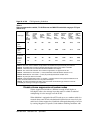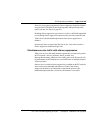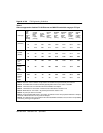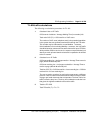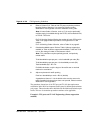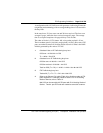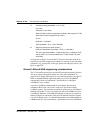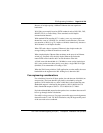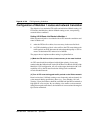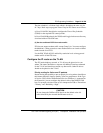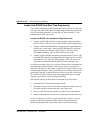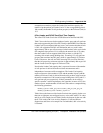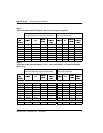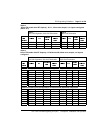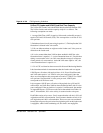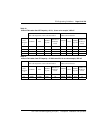
Page 86 of
378
ITG Engineering Guidelines
553-3001-202 Standard 1.00 April 2000
Configuration of Meridian 1 routes and network translation
The objective is to maximize ITG traffic and minimize fallback routing. All
ITG trunks should be busy before fallback routing occurs, except during
network failure conditions.
Settin
g
LD 86 Route List Blocks in Meridian 1
Other important objectives associated with an ITG network translations and
route list blocks are:
1 make the ITG the first-choice, least-cost entry in the route list block
2 use TOD scheduling to block voice traffic to the ITG route during peak
traffic periods on the IP data network when degraded quality of service
causes all destination ITG nodes to be in fallback.
The proper time to implement either setting is explained below:
(1) Make the ITG the first-choice, least-cost entry in the route list block
An ITG route should be configured with a higher priority (lower entry
number) than the fallback route in the LD 86 Route List Blocks (RLB) of the
Meridian 1 ESN configuration. All calls to the target destination with VoIP
capability will try the IP route first before falling back to traditional
circuit-switched network.
(2) Turn off ITG route during peak traffic periods on the IP data network
Based on site data, if fall back routing occurs frequently and consistently for
a data network during specific busy hours (e.g., every Monday 10-11am,
Tuesday 2-3pm), these hours should be excluded from the RLB to maintain a
high QoS for voice services. By not offering voice traffic to a data network
during known peak traffic hours, the incidence of conversation with marginal
QoS can be minimized.



